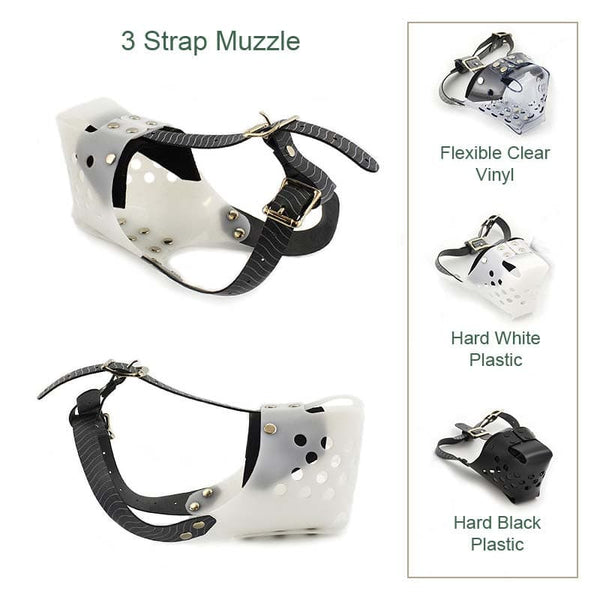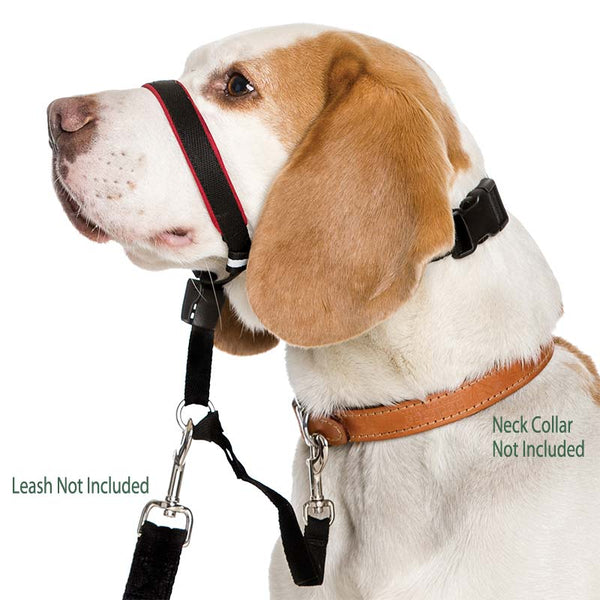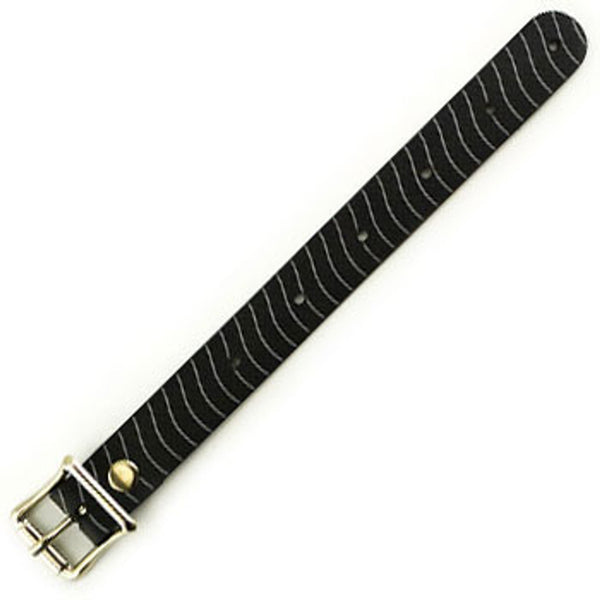Dog Blog: Rehabilitating Jack - No Bad Dogs!

As I wrote in my last blog, my dog Jack is aggressive with strangers. He's bitten people. In fact, if you haven't been properly introduced to Jack and you happened to walk into his yard, you can be assured that he would bite you.
To some, this means that he is a "BAD DOG." He's crossed a boundary by using his teeth on a human being.
I don't believe in bad dogs.
I roll my eyes when people tell me, "He bit for no reason." Dogs have reasons for what they do. We may never uncover those reasons, but they exist nonetheless.
In Jack's case, as in most cases of aggression, the underlying trigger is fear. I don't know what happened to him before he came to live with me, but SOMETHING sure did...something bad. If I am in a small enclosed space with Jack and happen to pick up a hammer, he will dive into the wall trying to get away, squealing pitifully. He's in a blind panic, and this is after eight years of living with me, eight years of no physical punishment whatsoever. If I could find the person responsible for his fear, I'd throw all my nonviolent principles out the window in a second. It takes a lot to make me angry, but seeing my usually happy, confident dog whimpering in a corner does it.
Jack has never bitten when he's been free to escape, only when he's been on a leash or in a fenced yard. He doesn't bite when people are facing him; he waits until your back is turned or he runs around behind you to bite your bum or the back of your leg. It's very clear that he's trying to take control and drive you away, but that he wants to do it safely, so that you won't be able to retaliate before he can back off.
If Jack could reason with people, he probably wouldn't bite. He'd say, "Hey, buddy, what are you doing on my property? ...Oh, yeah, I guess you could check the hydro meter...just stay away from my porch." Unfortunately, people never listen to him unless he uses his teeth. Although he's large and black, he's got fluffy ears that stick out sideways and a big wag which is usually misinterpreted.
Jack actually loves people. But he doesn't automatically assume they're friendly. His early experiences taught him that, and he hasn't forgotten.
Thankfully, I've been able to devise a system for introducing him to strangers so that he feels safe. Here's how it works:
Strangers are asked not to approach Jack or look him in the eye, since he sees these as aggressive acts. They are told to go and sit on my front stairs. This is simple enough for everyone to do, and it protects the areas of their bodies (bum and back of legs) that he tends to target. Then I walk Jack on a leash toward them. He is always very excited and would prefer to rush over, so I make him go slowly, using clicker and treats to reward for eye contact with me as well as simple exercises like "sit" and "down" and "touch". If he doesn't obey my cue, he doesn't get to move toward the person.
Why should he want to move toward the person he's afraid of? Well, in the early days, I believe that it was simply a need to go forward and deal with the threat. You'd better believe that the first few times I did this with Jack, I was concerned for the safety of that person. Only the most confident and obedient strangers were used, people who weren't throwing off "fear vibes" and who could be trusted to follow my directions. The walk toward them wasn't direct, and could take up to an hour. Jack wasn't introduced until his excitement level had dropped to normal and he was obeying my cues 100% of the time. Then he was allowed to stand on the stairs below the stranger, who was instructed to feed him treats and allow him to sniff. Then the stranger was handed the leash, told to ask Jack for sits and downs, and then told to slowly stand up and take Jack for a short walk, feeding constantly.
I'm glad to say, this strategy was completely successful. These days, a stranger sitting on the steps is a cue for Jack that he's going to get treats and a walk, so the introduction takes only a minute. He knows that a person sitting on those stairs is always his friend. The rest of the human race is still suspect, however.
There is really no doubt in my mind that if I had been more skilled in training dogs when I got Jack, he could have been rehabilitated farther and faster. I hope that anyone reading this who has a dog who's showing aggressive tendencies will find a trainer to work with who is experienced in treating aggression. Don't be tempted to go with the trainer who promises quick results, as these will involve punishing the dog, which only causes the dog to stop exhibiting signs (such as growling) to warn you he's feeling stressed. Get a copy of "Click To Calm" by Emma Parsons and read it cover to cover. The writer talks about her experiences rehabilitating her retriever who was aggressive toward other dogs, but the techniques are much the same no matter who the target is. It can also be helpful to purchase a good quality and comfortable muzzle to use "just in case" while you are training.
Try not to minimize the problem or put off dealing with it. It's easier to fix it now than it will be later. Been there, done that, regret it heartily. In fact, even though Jack is an old dog now, I've just recently started training him to run away from strangers rather than toward them, and it's already making my life easier.
No bad dogs. I really believe it.
Shane Windatt, CTC, CPDT
(250) 559-8807

- Choosing a selection results in a full page refresh.
- Press the space key then arrow keys to make a selection.









